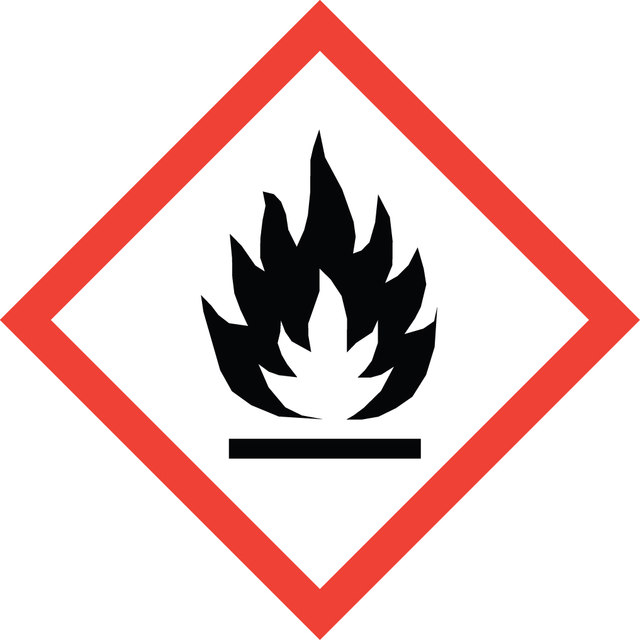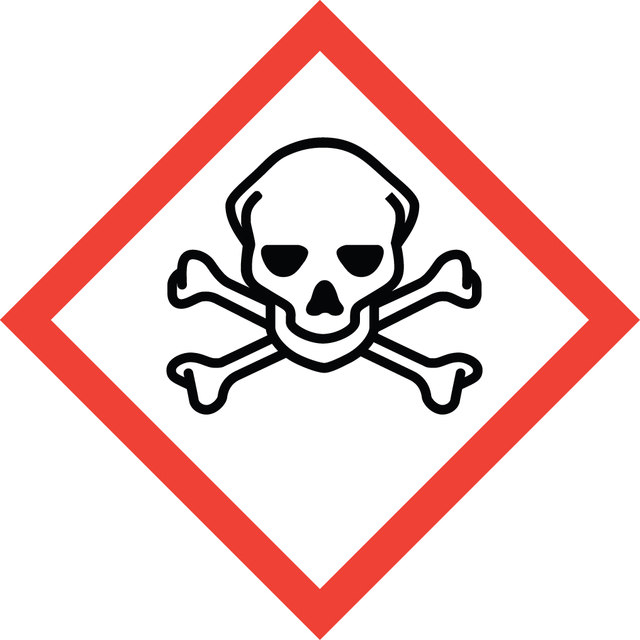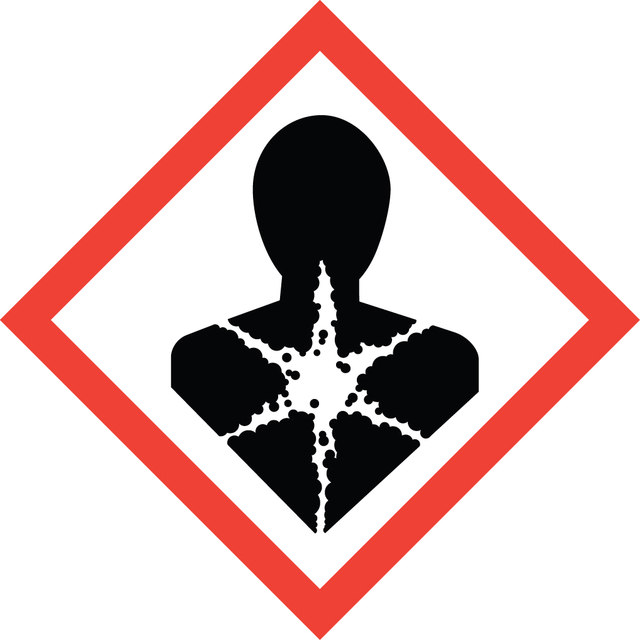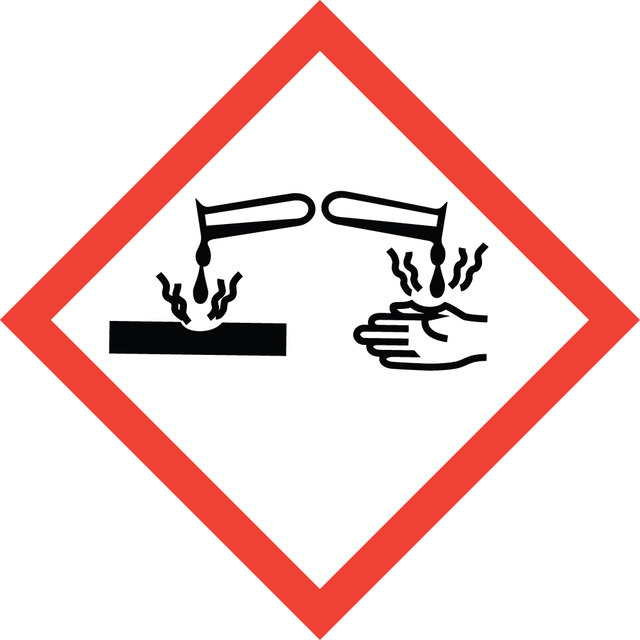E26266
Ethylenediamine
ReagentPlus®, ≥99%
Synonym(s):
1,2-Diaminoethane
Select a Size
About This Item
Recommended Products
Agency
suitable for EPA 300
Quality Level
vapor density
2.07 (vs air)
vapor pressure
10 mmHg ( 20 °C)
product line
ReagentPlus®
Assay
≥99%
form
liquid
autoignition temp.
716 °F
expl. lim.
16 %
refractive index
n20/D 1.4565 (lit.)
Looking for similar products? Visit Product Comparison Guide
Related Categories
1 of 4
This Item | CBR00103 | CDS005773 | CDS017300 |
|---|---|---|---|
| form solid | form solid | form solid | form solid |
General description
Application
DAE can also be used in the following reduction reactions:
- DAE/Borane (1:1) complex is used as a highly selective reducing agent for the conversion of cinnamaldehyde to cinnamyl alcohol.[5]
- DAE/Li complex is used as an efficient reagent for the reduction of alkenes, aromatic hydrocarbons, phenols, and alcohols.[5]
- Synthesis of nucleus pulposus (NP)-like collagen-glycosaminoglycans (CG) core.[6]
- Surface modification of epoxy-activated cryogel.[7]
- Alteration of the surface of carbon nanoparticles (CNPs) to generate CNPs-ethylene.[8]
- Surface modification of triazolate-bridged metal-organic framework.[9]
- As a solvent in the synthesis of ZnS (zinc sulfide) and ZnSe (zinc selenium) precursors by solvothermal process.[10]
- As a reactant in the synthesis of Pd/C-ethylenediamine complex catalyst.[11]
- As a chelating agent in the synthesis of β-Co(OH)2 nanocrystals.[12]
- Synthesis of ethylenediamine-templated iron arsenates and fluoroarsenates.[13]
- As a template agent and coordination agent in the synthesis of CdS (cadmium sulfide) nanocrystals.[14]
Legal Information
Signal Word
Danger
Hazard Statements
Precautionary Statements
Hazard Classifications
Acute Tox. 3 Dermal - Acute Tox. 4 Inhalation - Acute Tox. 4 Oral - Aquatic Chronic 3 - Eye Dam. 1 - Flam. Liq. 3 - Resp. Sens. 1B - Skin Corr. 1B - Skin Sens. 1B
Storage Class Code
3 - Flammable liquids
WGK
WGK 1
Flash Point(F)
100.4 °F - closed cup
Flash Point(C)
38 °C - closed cup
Personal Protective Equipment
Choose from one of the most recent versions:
Already Own This Product?
Find documentation for the products that you have recently purchased in the Document Library.
Our team of scientists has experience in all areas of research including Life Science, Material Science, Chemical Synthesis, Chromatography, Analytical and many others.
Contact Technical Service![2-(4-Bromophenyl)imidazo[1,2-a]pyridine 97%](/deepweb/assets/sigmaaldrich/product/structures/240/143/b7f8ee52-1814-4968-9f48-3255d3e2dbec/640/b7f8ee52-1814-4968-9f48-3255d3e2dbec.png)
![Imidazo[1,2-a]pyridine-7-carboxylic acid AldrichCPR](/deepweb/assets/sigmaaldrich/product/structures/307/298/b27c0495-0260-443a-9af3-d106cfb691a6/640/b27c0495-0260-443a-9af3-d106cfb691a6.png)


![Imidazo[1,2-a]pyridine-6-carboxylic acid AldrichCPR](/deepweb/assets/sigmaaldrich/product/structures/305/682/70337161-641a-4756-9f98-9c97ea3f7ed3/640/70337161-641a-4756-9f98-9c97ea3f7ed3.png)

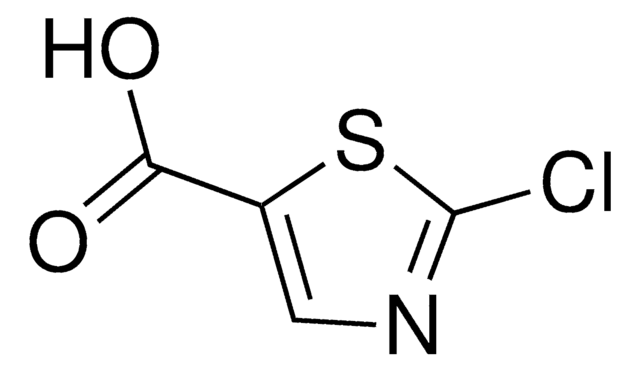



![5-Methyl-imidazo[1,2-a]pyridine-2-carboxylic acid AldrichCPR](/deepweb/assets/sigmaaldrich/product/structures/283/157/27fed3a3-cf80-4205-b5dc-ddf282d0b7de/640/27fed3a3-cf80-4205-b5dc-ddf282d0b7de.png)
![Imidazo[1,2-a]pyrimidine-2-carboxylic acid AldrichCPR](/deepweb/assets/sigmaaldrich/product/structures/422/788/ebf349af-c8b7-41ea-a772-da99177512d3/640/ebf349af-c8b7-41ea-a772-da99177512d3.png)
